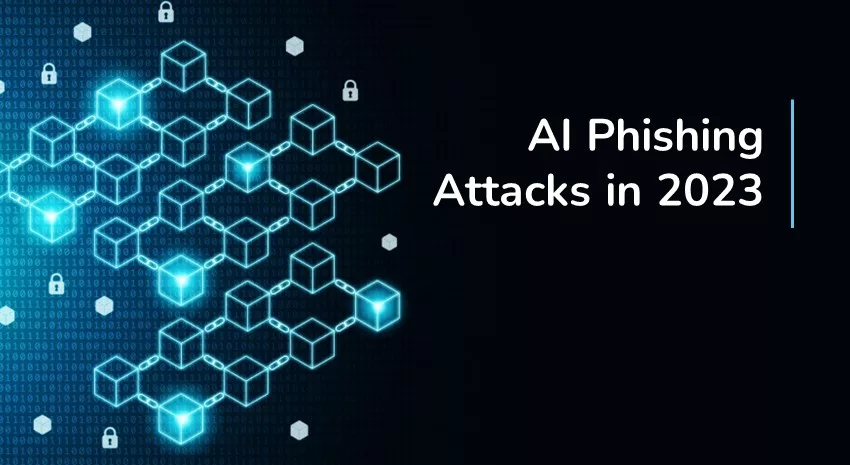How to Prepare for AI Phishing Attacks in 2023

Many businesses are deploying Artificial Intelligence (AI) to support and automate numerous workforce functions. This is an amazing tool for businesses, but hackers are also launching AI phishing attacks that are very sophisticated. Phishing attacks are still the greatest cybersecurity threat to businesses and 2023 will not be any easier due to AI technology being used maliciously.
The recent 2022 Proofpoint State of the Phish report shows that 83% of organizations suffered a successful email-based phishing attack in 2021 and 78% of companies faced a ransomware attack that was sourced from a phishing email.
For years, traditional phishing attacks have targeted users to open emails via links and images. Most of these attacks can be spotted easily due to typos, email address “from” lines, fake logos, or grammatical errors. Other traditional phishing methods include session hijacking, search engines, and content injection.
Now, AI phishing attacks have become more sophisticated due to easier access to hacking tools and requires less programming skill. It’s similar to low code/ no code tools in the ERP industry. For example, ChatGPT is a free, AI-based chatbot tool that answers questions, generates content, and understands multiple programming languages. With hackers gaining more access to systems in general, bad actors can glean more data about your preferences and then create phishing content around it. AI is a powerful tool that makes somebody who is non-technical into a very technical hacker.
AI Phishing Attack Sophistication
So what does an AI phishing attack look like in your inbox or workspace? An AI phishing attack may appear in the form of a voice video call from your manager, messages from your “IT department,” an actual phone call from a “colleague,” or a comprehensive, highly technical email that looks authentic.
Sophisticated AI technology can recreate your boss’s voice, create a video message mimicking an IT manager, or create a realistic email from your department chair. These are not “free” gift cards or bulk spam messages. AI learns and creates more realistic content, with the goal of acquiring more data.
How Your Business Can Prevent AI Phishing Attacks
Going into 2023, having a Zero Trust framework in place is crucial for your business. A Zero Trust Framework is a comprehensive approach that understands the realities of distributed workforces, and focuses on the three principles: verify explicitly, use least privileged access, and assume breach.
“This comprehensive security approach understands the realities of a distributed work environment and says handhelds and devices can’t be trusted along with network connections,” said Matthew Schmider, Technical Sales Consultant at ArcherPoint. “The model is to never trust and always verify.”
IT Security Next Steps for 2023
- Improve security of vulnerable employee devices
- Protect servers
- Enforce multi-factor authentication (MFA)
- Segregate internal networks, such as operations and corporate
- Implement monitoring and logging technology
Cybersecurity intrusions are only getting more sophisticated, so make sure your company is putting a priority on improving your business processes in 2023.
ArcherPoint’s IT Managed Services Can Answer Your Questions
As your company begins to look deeper at cybersecurity, make sure you have all the right information. ArcherPoint’s IT Managed Services offers cyber insurance qualification assistance, endpoint security management, remote monitoring, disaster recovery services, data security services and more. Contact ArcherPoint to get your questions answered today!

